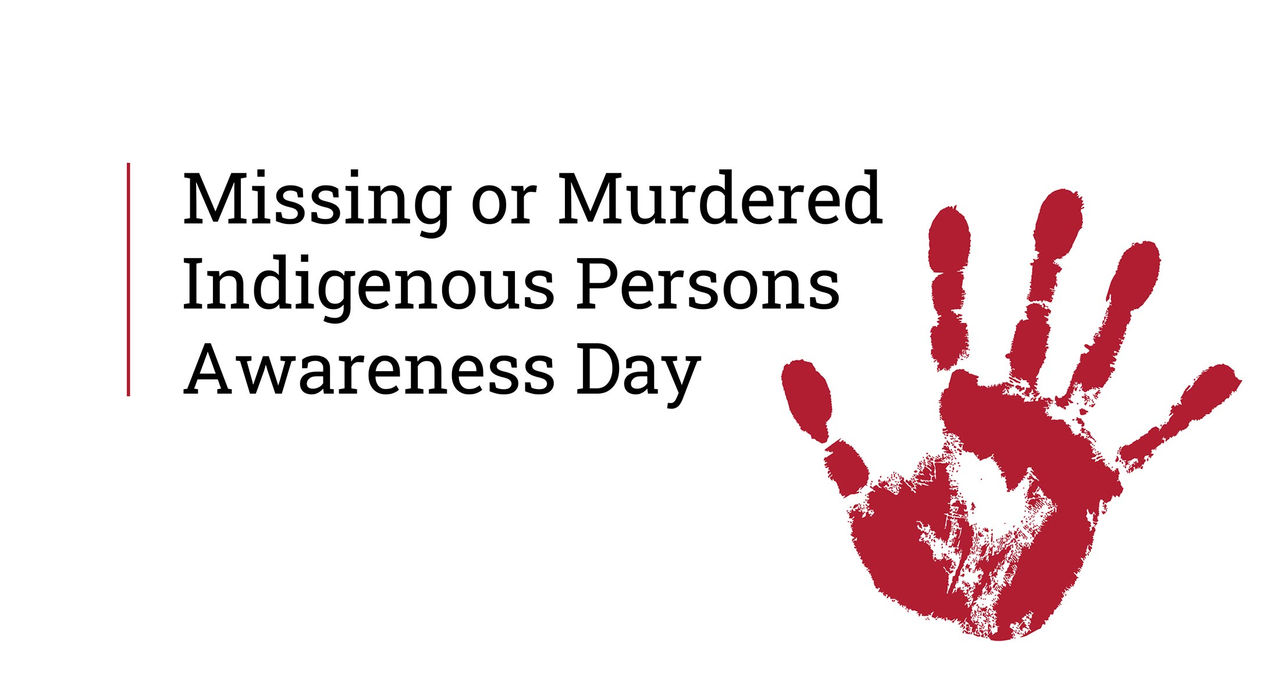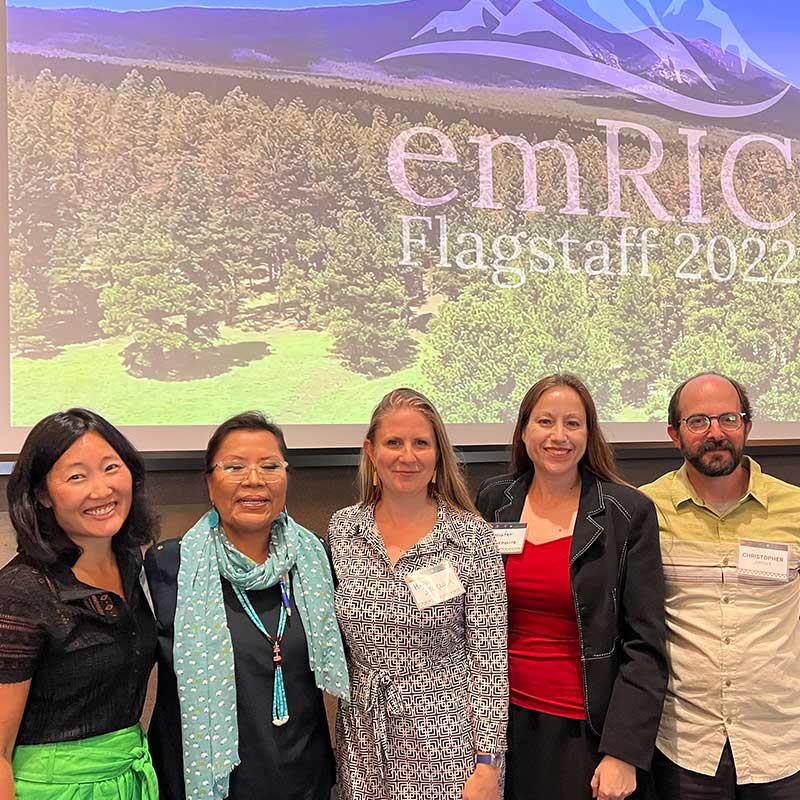-
- Find Care
-
- Visitor Information
- Find a Location
- Shuttles
- Visitor Policies
-
-
- Our Virtual Care Options
- Virtual Urgent Care
- Virtual Visits for Primary & Specialty Care
- Online Second Opinions
- Participate in Research
-
- Contact us
-
- For Innovators
- Commercialization Guide for Innovators
-
-
- Research News
- Alzheimer's Disease
- Artificial Intelligence
-
- Overview
-
- Overview
- Getting Started
- New to Mass General Brigham
- International Patient Services
- What Is Patient Gateway?
- Planning Your Visit
- Find a Doctor (opens link in new tab)
- Appointments
- Patient Resources
- Health & Wellness
- Flu, COVID-19, & RSV
- Billing & Insurance
- Financial Assistance
- Medicare and MassHealth ACOs
- Participate in Research
- Educational Resources
- Visitor Information
- Find a Location
- Shuttles
- Visitor Policies
- Find Care
-
- Overview
- Our Virtual Care Options
- Virtual Urgent Care
- Virtual Visits for Primary & Specialty Care
- Online Second Opinions
-
- Overview
- Participate in Research
-
- Overview
- About Innovation
- About
- Team
- News
- For Industry
- Venture Capital and Investments
- World Medical Innovation Forum (opens link in new tab)
- Featured Licensing Opportunities
- For Innovators
- Commercialization Guide for Innovators
- Contact us
-
- Overview
- Information for Researchers
- Compliance Office
- Research Cores
- Clinical Trials
- Advisory Services
- Featured Research
- Two Centuries of Breakthroughs
- Advances in Motion (opens link in new tab)
- Brigham on a Mission (opens link in new tab)
- Gene and Cell Therapy Institute
- Research News
- Alzheimer's Disease
- Artificial Intelligence
-
- Overview
-
- Overview
- Residency & fellowship programs
- Brigham and Women's Hospital
- Massachusetts General Hospital
- Mass Eye and Ear
- Newton-Wellesley Hospital
- Salem Hospital
- Integrated Mass General Brigham Programs
- Centers of Expertise
- Global & Community Health
- Health Policy & Management
- Healthcare Quality & Patient Safey
- Medical Education
- For trainees
- Prospective trainees
- Incoming trainees
- Current trainees
- Continuing Professional Development
Recognizing missing, murdered indigenous people

For decades, American Indian and Alaska Native communities have struggled with high rates of assault, abduction, and murder—a crisis of Missing and Murdered Indigenous People (MMIP), nationally recognized each May 5th. Community advocates describe the crisis as a legacy of generations of government policies of forced removal, land seizures and violence inflicted on Native peoples. Data from 2018 (CDC) show that:
- Homicide was the 3rd leading cause of death among American Indian and Alaska Native males aged 1-44 years.
- Homicide was the 6th leading cause of death among American Indian and Alaska Native females aged 1–44 years.
- Additionally, all genders (which also includes LGBTQ, non-binary, and Two Spirit individuals) were significantly more likely to experience sexual violence in their lifetime compared to other groups.
Due to limited resources and poor data collection, these data are likely undercounted and underreported.
As part of the Mass General Brigham Outreach Program with Native American Communities, our system plays a small part in helping to address these issues both locally and across the country. Hanni Stoklosa, MD, MPH, an emergency physician at Brigham and Women’s Hospital, is an internationally-recognized expert, advocate, researcher, and speaker on human trafficking and trauma informed care who has volunteered her services with the Outreach Program. She has presented educational talks and trainings with numerous healthcare, law enforcement, and advocacy groups across the country working to address the issue of MMIP.
While she is not an expert on indigenous populations specifically, there are many intersections between the trauma informed approaches used to help trafficked individuals that intersect with MMIP.
If you’re interested in this topic, or would like resources, we recommend:
- Strong Hearts hotline, a helpline focused on American Indian and Alaska Native individuals experiencing domestic and sexual violence
- HEAL Trafficking patient resources, an anti-trafficking organization founded by Dr. Stoklosa
- Native American LifeLines, an Urban Indian Health Program serving the Boston metropolitan area
- Mass General Brigham Outreach Program with Native American Communities
“These groups are marginalized in so many different ways and it’s really important that those working in healthcare are aware of the issue,” says Dr. Stoklosa. “My work is just one little, small thing that I—a white, female, cisgender physician with power and privilege—can be engaged in. And it feels so meaningful.”
